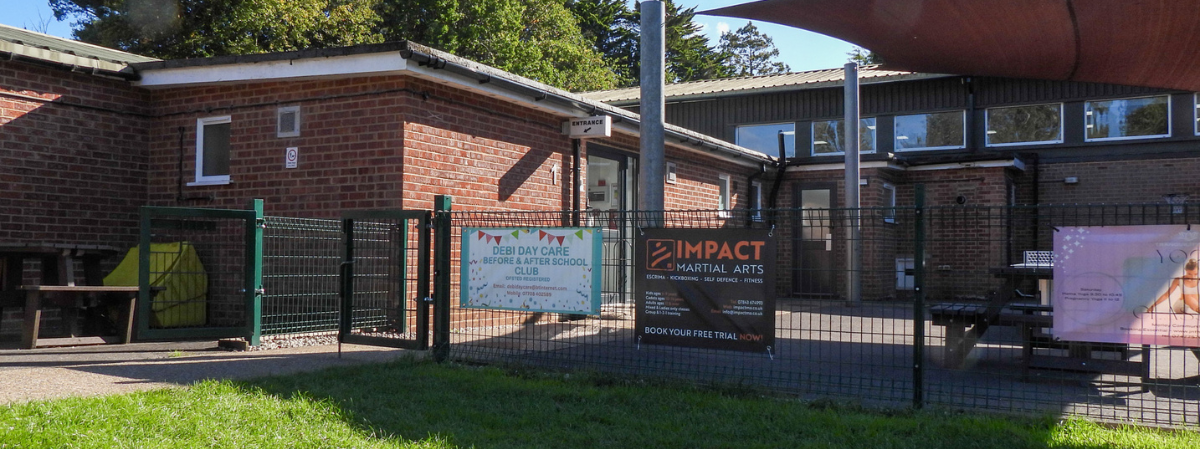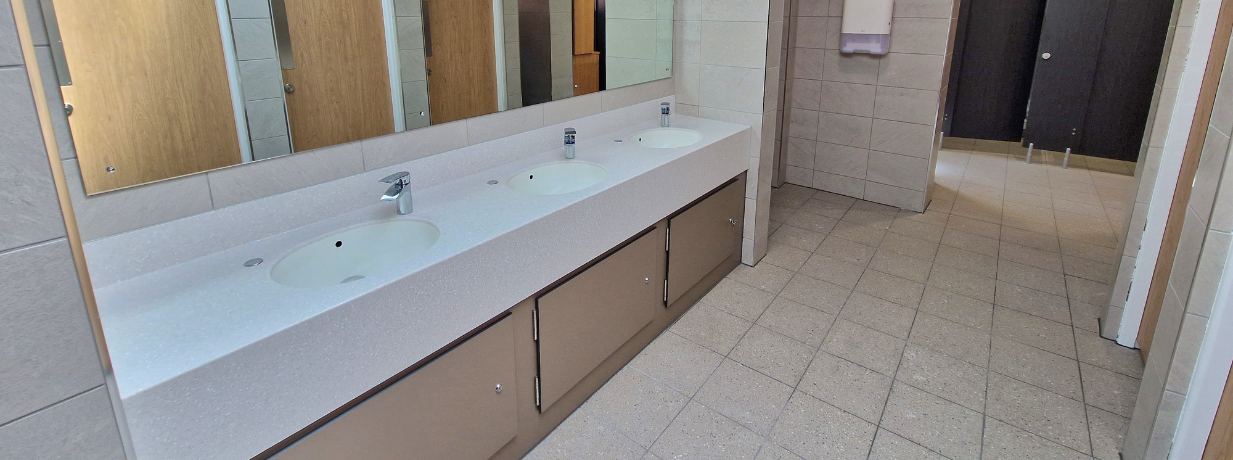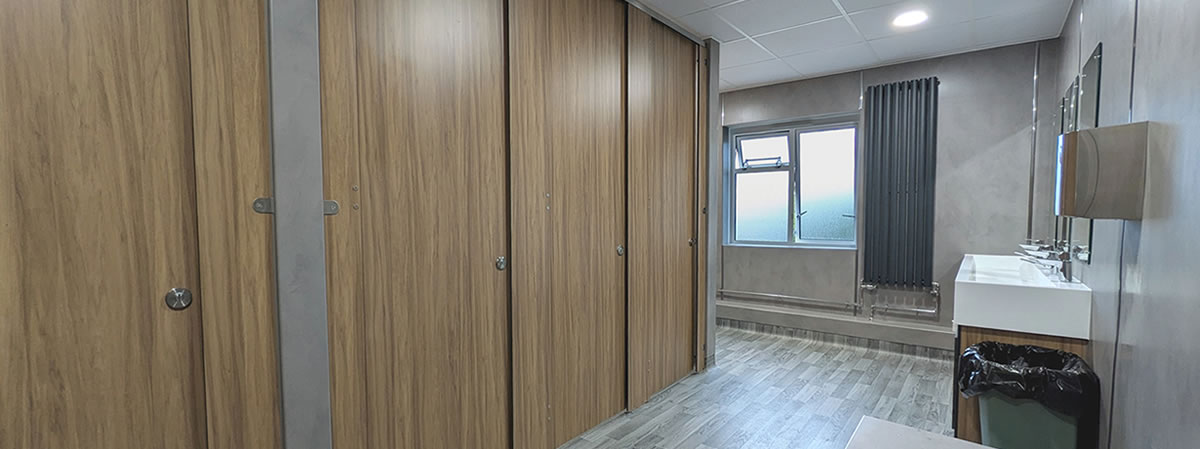Sensor Taps
Sensor Taps for Washrooms: Stylish and Hygienic
Sensor taps are also referred to as automatic or infra-red taps. They offer the ultimate washroom hygiene thanks to their no-touch operation and also benefit from increased water saving when compared to lever or twist turn alternatives. Their timed water flow operation means the taps will run for a preset amount of time.
We offer sensor taps with the option for battery or mains electrical power supply. Taps are available in a choice of material finishes including brushed and polished stainless steel, chrome and attractive black powder coatings to suit your washroom’s design.
Commercial Washrooms is one of the UK’s leading suppliers of sensor taps to the market and carry a wide, but carefully refined range, bringing you the very best of what’s available. Our stock includes options from all leading commercial tap manufacturers including Armitage Shanks, Bristan, Dart Valley Systems, Inta, Delabie and many others.
The use of sensor taps is not limited to prestigious washrooms, they are commonly found in school toilets, changing rooms as well as in hospitals and healthcare settings.
Many common questions and general advice on commercial taps and TMVs can be found by reading our blog. Of particular relevance is the questions and information on Washroom Taps.
You can find and purchase the right tap for your washroom easily on this website, or alternatively, you can contact our team today on 01202 029838, who can help with any additional enquiries you might have.
Sensor Taps FAQ
How does a sensor tap work?
When a user places their hands in front or under the sensor tap, its sensors detect the motion or infrared light which automatically activates the water flow. When movement is no longer detected, a signal is sent to stop the flow of water.
How much water does a sensor tap save?
Sensor taps will typically have a lower flow rate in comparison to standard hand-operated taps meaning less water will be used in each use. Furthermore, as sensor taps will only work when they detect a motion or infrared light, taps cannot accidentally be left running. It is estimated that sensor taps may save around 30-50% of water use.
What are the benefits of sensor taps?
- They are more hygienic - as users do not need to touch sensor taps to wash their hands, there is no risk of cross-contamination between users.
- They are modern and stylish - sensor taps can add style to any washroom with their contemporary design.
- They reduce water waste - as they have a lower flow rate in comparison to traditional hand-operated taps and will only function when the sensors detect a hand movement or infrared light, you don’t have to worry about taps accidentally being left running, helping to reduce the amount of water wasted and saving your business money in the long-term.
- They are simple to operate - water will begin flowing from the tap when a hand motion or infrared light is detected.
How to install a sensor tap
It is important to note that the installation process for sensor taps can vary across brands and models so you will need to check the specific instructions for your product.
Step 1: shut off your water supply
- Firstly, you will need to shut off your water supply and let any remaining water drain out of your system through the taps.
Step 2: remove the existing tap from the basin
- Secondly, you will need to remove the tap you currently have, detaching it from your pipework.
Step 3: Install the new sensor tap
- Once the previous tap has been removed, you can pass through your new sensor tap’s inlet pipe and sensor cable through the basin’s mounting hole. You will then need to ensure that the inlet pipe is attached to the correct inlet point and repeat this process for the outlet pipe.
Step 4: Ensure the sensor is wired correctly
- At this stage you can attach your sensor cable to your controller box, inserting batteries if required.
Step 5: Turn the water supply back on
- You can now turn your water supply back on and test out your new sensor tap to ensure it is working correctly.
If you are not comfortable or experienced in installing sensor taps, we recommend that you hire a professional to complete the process.











